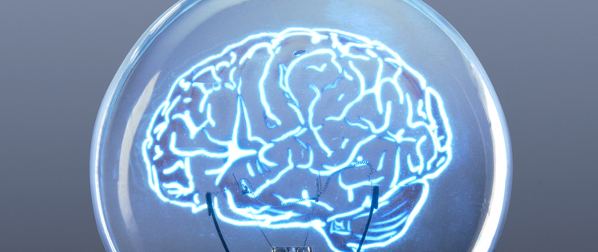
Researchers of Sandia National Laboratories are working to develop a brain like computer which can run on power of 20-watt light bulb.
Scientists are drawing inspiration from neurons in the brain to develop the brain like computer, by developing algorithms that would run on computers which will function more like a brain than a conventional computer.
Sandia National Laboratories microsystems researcher Murat Okandan said, "We’re evaluating what the benefits would be of a system like this and considering what types of devices and architectures would be needed to enable it."
Okandan added that the human brain inspired computer would be ideal for manoeuvring aerial vehicles, robots and remote sensors, and solving big data problems, such as those the cyber world faces and analysing transactions whizzing around the world.
These computers would be able to detect patterns and anomalies, sensing what fits and what doesn’t.
It may not find the entire answer, but could shift through enormous amounts of data to point a human analyst in the right direction, Okandan added.
"If you do conventional computing, you are doing exact computations and exact computations only.
"If you’re looking at neurocomputation, you are looking at history, or memories in your sort of innate way of looking at them, then making predictions on what’s going to happen next."
"That’s a very different realm."
Sandia National Laboratories cognitive sciences manager John Wagner said, "Today’s computers are wonderful at bookkeeping and solving scientific problems often described by partial differential equations, but they’re horrible at just using common sense, seeing new patterns, dealing with ambiguity and making smart decisions,"
Wagner however said, in contrast, the brain is "proof that you can have a formidable computer that never stops learning, operates on the power of a 20-watt light bulb and can last a hundred years."
The neuro-inspired computers will combine the processing and storage in a network architecture so that the components which process the data and store the data are same and the data will be processed with all nodes functioning concurrently.
"It won’t be a serial step-by-step process; it’ll be this network processing everything all at the same time. So it will be very efficient and very quick," Wagner said.






